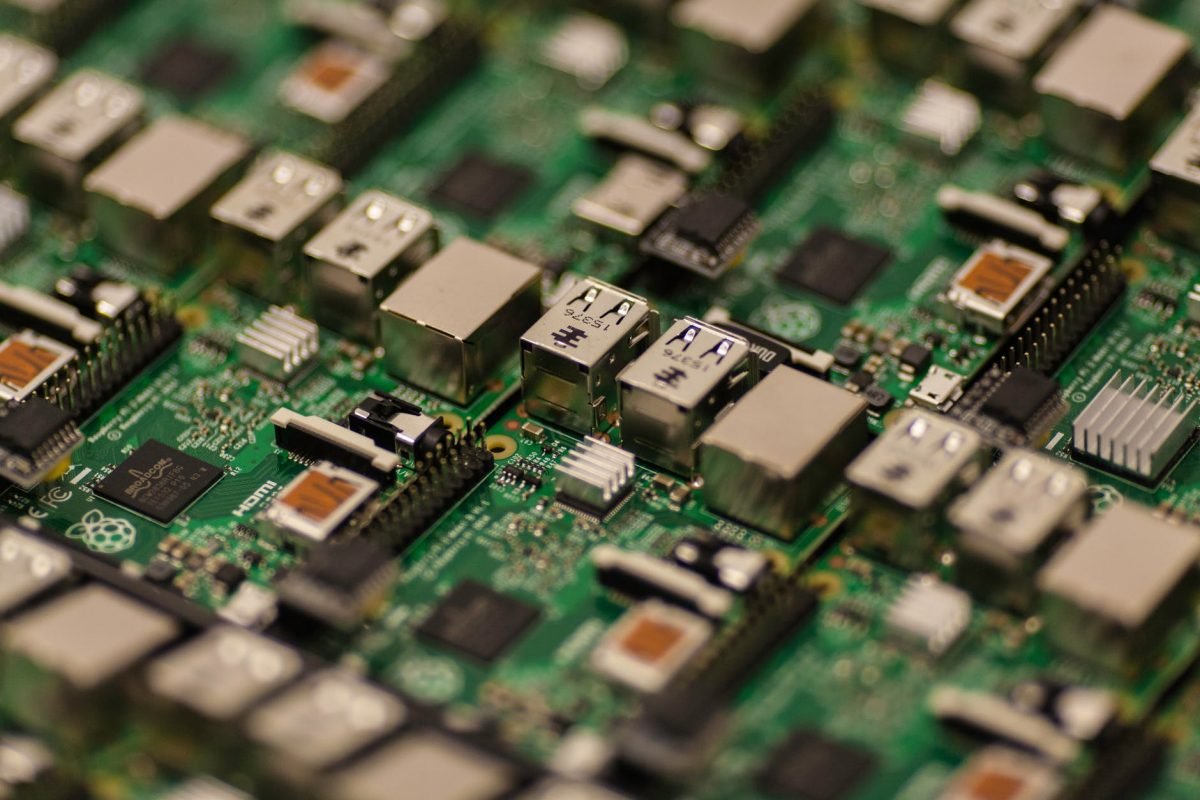In the realm of turnkey electronics, the concept of design for manufacturing (DFM) is a cornerstone. It plays a crucial role in ensuring that electronic products are not only functional but also manufacturable at scale. This approach is particularly vital for exporters and importers who are keen on optimizing production processes and minimizing costs. Understanding the principles of DFM can significantly enhance the efficiency and success of electronic products in the global market.

Understanding Design for Manufacturing
At its core, design for manufacturing involves designing products in such a way that they are easy and cost-effective to manufacture. This involves a comprehensive approach where designers and engineers collaborate closely to ensure that the design is not only innovative but also practical for mass production. In the context of turnkey electronics, this means considering every aspect of the manufacturing process, from material selection to assembly techniques, to ensure seamless production.
The Role of Turnkey Solutions in Electronics
Turnkey solutions in electronics refer to a comprehensive approach where a single vendor manages all aspects of the product development process. This includes everything from initial design and prototyping to mass production and quality control. The advantage here is that it streamlines the entire process, reducing the complexity and potential for errors that can arise when multiple vendors are involved. For businesses engaged in exporting and importing, this can be a game-changer, ensuring that products are delivered on time and within budget.
Key Benefits of Turnkey Electronics
One of the primary benefits of turnkey electronics is the reduction in time to market. By having a single point of contact throughout the entire product development process, companies can significantly reduce the time it takes to bring a product from concept to reality. This is particularly important in the fast-paced world of electronics, where being first to market can provide a significant competitive advantage.
Additionally, turnkey solutions can offer cost savings by eliminating the need for multiple contracts and reducing the overhead associated with managing several vendors. This not only simplifies the supply chain but also provides better control over quality and consistency.
Design Considerations in Turnkey Electronics
When it comes to designing for manufacturing in turnkey electronics, there are several key considerations to keep in mind. These include:
Material Selection
Choosing the right materials is critical. Materials must not only meet the performance requirements of the product but also be suitable for the manufacturing processes used. This involves considering factors such as cost, availability, and ease of processing.
Design Simplicity
Simplicity is key in DFM. The simpler the design, the easier it is to manufacture. This means avoiding unnecessary complexity and focusing on essential features that add value to the product. A streamlined design can reduce production time and costs while improving reliability.
Prototyping and Testing
Prototyping is an essential step in the DFM process. It allows designers to test and refine their designs before full-scale production begins. This helps identify potential issues early on, reducing the risk of costly mistakes during manufacturing.
Challenges in Design for Manufacturing
Despite its benefits, implementing design for manufacturing in turnkey electronics comes with its own set of challenges. These can include:
Balancing Cost and Quality
One of the main challenges is finding the right balance between cost and quality. While it’s important to keep manufacturing costs low, it’s equally important to ensure that the final product meets the necessary quality standards. This requires careful planning and a deep understanding of both the design and manufacturing processes.
Managing Supply Chain Complexity
Turnkey solutions can simplify the supply chain, but they also require careful management to ensure that all components are delivered on time and meet quality standards. This requires strong communication and collaboration between all parties involved.
The Future of Turnkey Electronics and DFM
As technology continues to advance, the role of design for manufacturing in turnkey electronics is set to become even more important. With the rise of new technologies such as 5G and IoT, the need for efficient and cost-effective manufacturing solutions will only increase. For more insights on how these technologies are impacting electronics, check out this article on 5G and IoT devices.
Embracing Innovation
To stay competitive, companies must embrace innovation and continually seek new ways to improve their manufacturing processes. This involves leveraging the latest technologies and approaches to streamline production and reduce costs.
Collaboration and Partnership
Successful implementation of DFM in turnkey electronics requires strong collaboration and partnership between designers, manufacturers, and suppliers. By working together, they can identify potential issues early on and develop solutions that enhance efficiency and reduce costs.
Conclusion
In conclusion, design for manufacturing in turnkey electronics is a vital aspect of modern electronics production. By focusing on efficiency, cost-effectiveness, and quality, companies can ensure that their products are competitive in the global market. For more insights on how to navigate the challenges of IoT, check out this article on IoT interoperability challenges. As technology continues to evolve, embracing DFM principles will be crucial for success in the fast-paced world of electronics.

FAQs
What is design for manufacturing?
Design for manufacturing involves creating product designs that are easy and cost-effective to produce. It focuses on optimizing the design for the manufacturing process to reduce production costs and improve efficiency.
Why is turnkey important in electronics?
Turnkey solutions provide a comprehensive approach to product development, from design to production. This streamlines the process, reduces complexity, and ensures that products are delivered on time and within budget.
How does DFM impact cost?
By optimizing designs for manufacturing, DFM can significantly reduce production costs. It helps identify potential issues early in the design process, reducing the risk of costly mistakes and ensuring efficient production.


